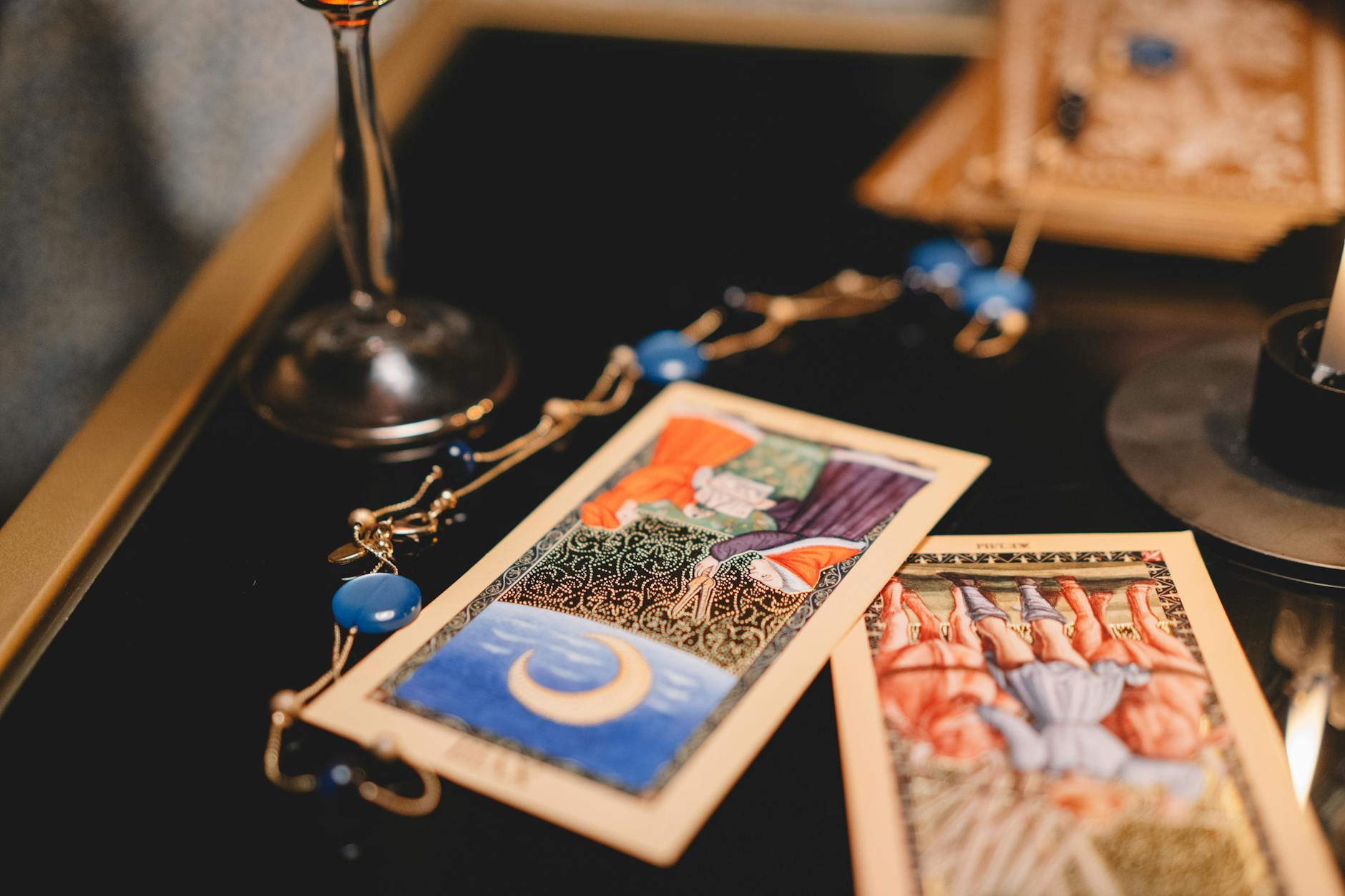Well they have been sitting around unused for quite a while and for some reason I decided to get them working again. I also have an old receiver, so why throw away speakers, yes they are 20 years old, but they also have 12 inch subwoofers in them and 1kW of power each. Here’s the stuff you need:
Speaker BiWire Jumpers
Biwired originally now just strap them together. I originally had these biwired. I’m not even sure it makes a difference, but the idea is that you have a single amplifier and then split the signal. The idea here is each speaker has different electrical characteristics. In the original amplifier I was fully bewired. That is the high and mid speakers were attached to one amplifier and then the low to another. And then a subwoofer that is builtin. Pretty complex setup. Now the choice is to either strap the speakers together again (I lost the BiWire straps and so I will need more) or get a BiWire strapping system. The shortest path is just to put the jumpers back in. One of these days I’m sure I’ll find another receiver and go back to a full BiWire.
Getting these straps isn’t as easy as it seems, you can pay literally $400 for a 2 inch piece of metal or you can just nail it together with speaker wire. I picked the neater approach using some nice wires around it. As an aside these things are called “BiWire Jumpers” or they are call speaker cable jumpers by one of my favorite old brands, Bettercables.com
Brand-wise figuring out what is good on Amazon is a real adventure, all the top rated cables are terrible according to fakespot even the Amazon Basics are terrible. Kind of amazingly Parts Express makes a Biamp Speaker Wire terminator that looks like just a piece of gold plated steel. It looks just about the right size. Maybe the distance between the posts was standardized way back when.
Subwoofer Cables
The next problem is a set of subwoofer cables. I actually need two things.
The first is that a single subwoofer output needs to become four outputs. These Definitive Technology speakers have a single subwoofer in each, so I need four of them, these means a bunch of Y-connectors. I could also just feed the whole thing a full spectrum input via another jack and it will do the filtering with another RCA output. The recommendation by the way is that you use the full spectrum input and don’t use the jumpers for the subwoofer. These are old speakers, so there is no electronics really, so do not connect the low input and the speaker low at the same time! It says so in the CLR3000 manual
The cables themselves can be super cheap like the $1 for 10 foot non-premium Monoprice ones or get the higher end premium cables for $6.95 (you can buy them on Amazon too for $9.95, but if you sign up for Monoprice VIP then you get a little discount on them). So you have to arbitrage the price vs the Monoprice shipping cost. They also sell an ultra premium cable for $26, so there are many to choose from.
Another low end choice is the Kabledirect which is $9 for a 10 foot and $10 for a 15 foot and Fakespot has good reviews on them.
It may be too much base, but I also have the 16″ round subwoofer as well, so that needs yet another subwoofer cable
Subwoofer Y Connectors
There are many of these on Amazon and most look terrible on Fakespot, but this is one time that a sponsored listing actually has good Fakespot reviews. It is the SHD Y-Connector
Finally if you want to go full audiophile, then you can go to Bettercables.com, I’ve used them before, everything is basically 10x the price, so a jumper set is $140 as an example.
I actually discovered I don’t need these as the subwoofers in the BP3000TL and CLR3000 are supposed to go to the preamp out of the AVR.
The connection mystery of the CLR3000
One thing that is really puzzling is the center speaker called the CLR3000 doesn’t seem to have standard banana plugs and I can’t figure out how to connect them. I obviously did before, but it escapes me, but amazingly, the CLR3000 manual is available online.
The only way I could get this to work is to take a relatively small gauge 16AWG and splay the connection out and then crank down on the speaker connection’s nut. This seemed to work OK but is kind of tacky. Strange they didn’t use traditional Banana plugs for this.





